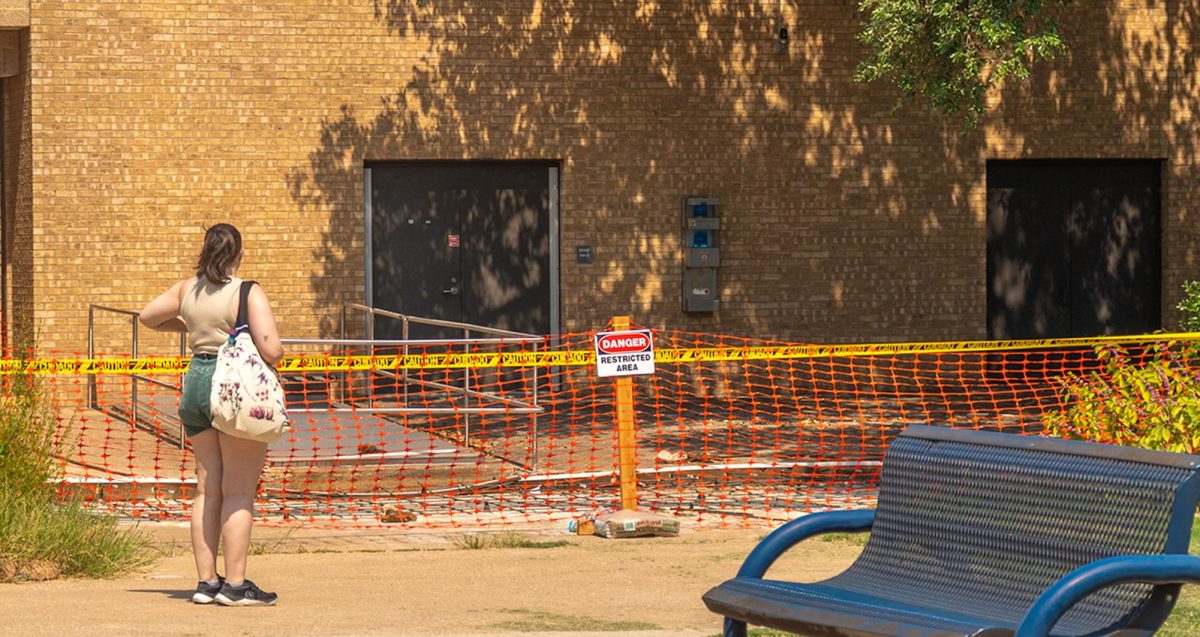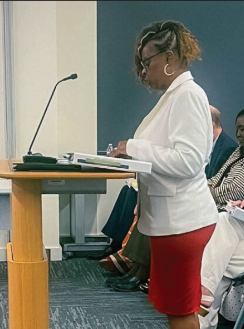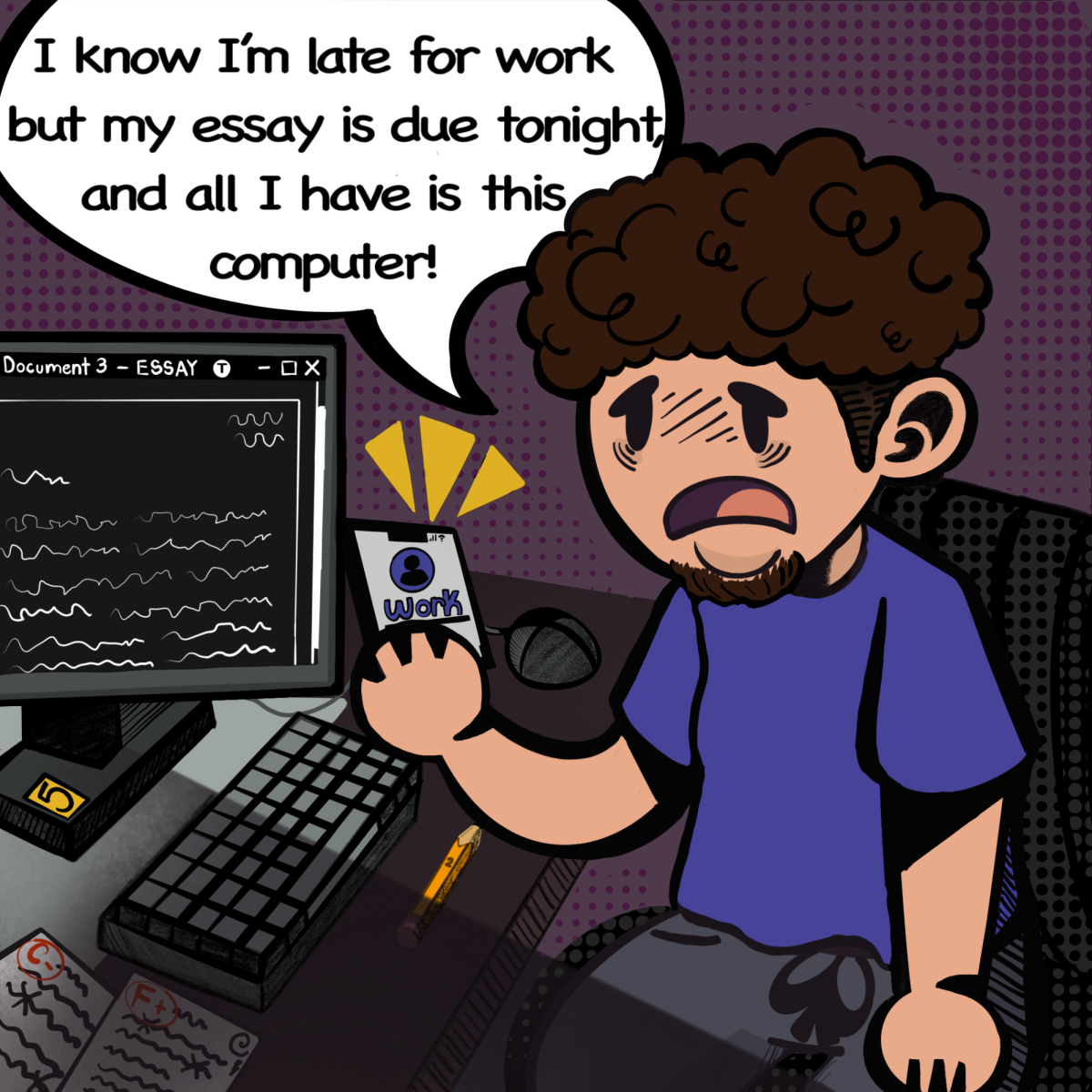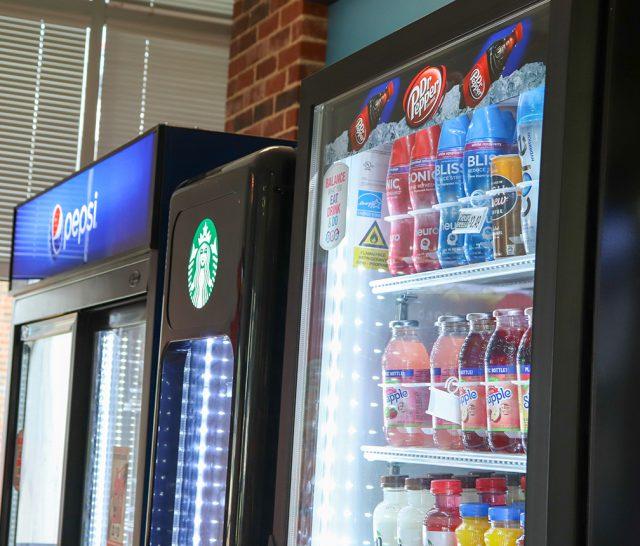 Go to college they said, and you will get a good job and live that good life. Many millennials have been sold this idea their whole lives.
Go to college they said, and you will get a good job and live that good life. Many millennials have been sold this idea their whole lives.
Going to college might help land a job, but it can also leave some in so much debt they’re stuck at Mom and Dad’s.
This is the reality many people today are facing even after graduating college.
The average cost of a public four-year university in 1985-86 was $3,589 per year in today’s dollars according to the National Center for Education Statistics. Fast forward to 2016-17 and it’s $39,529. That’s per year.
So, multiply that number by four, and that’s basically a house payment without the house.
If the high prices of attending universities are not enough, let’s add the fact that the house prices and rent prices have spiked as well.
A three-bedroom, two-bathroom house in the mid 90’s in Austin cost around $90,000. For that same amount today, you might be able to afford a run-down shack in someone’s backyard.
If people cannot afford to get out of their parents’ house, they certainly don’t feel like successful adults.
So, some people go to college and get a good job but end up in debt and living at home. Others who don’t go to college might not get a good job and end up living at home.
So which path are millennials supposed to take if they’re going to end up in the same place?
One option is going to a community college first. Going to a four-year university for the first two years of college is the same as throwing away $50,000. You probably can earn the same credits at a two-year college for a fraction of the cost.
And take your time in college. Rushing through the typical four years is expensive. Going part time and working more may be better than going full time and signing up for more debt.
Graduating later may not be ideal, but being in less debt is.





























